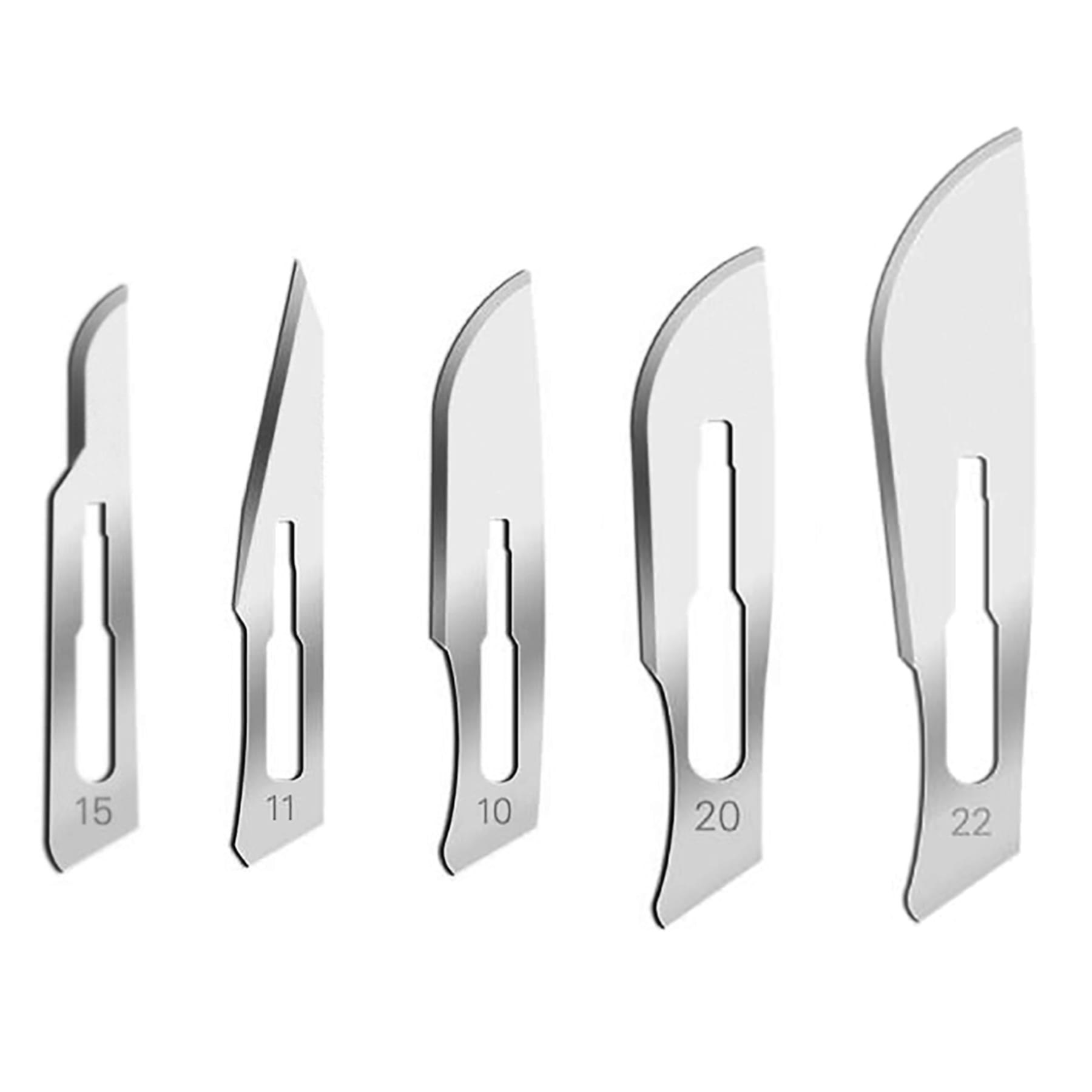Business
How Surgical Blades Impact Cosmetic and Plastic Surgery?

Cosmetic and plastic surgery have come a long way in recent decades, thanks to advancements in surgical techniques, equipment, and materials. One often overlooked but crucial aspect of these procedures is the surgical blade. Surgical blades play a significant role in determining the success of cosmetic and plastic surgeries. This article delves into the ways surgical blades impact these surgeries, shedding light on their importance and the innovations that have transformed the field.
The Role of Surgical Blades in Cosmetic and Plastic Surgery
Precision and Accuracy
Surgical blades are indispensable tools in cosmetic and plastic surgery due to their precision and accuracy. These procedures require intricate incisions and delicate tissue handling, making it essential for surgeons to have reliable cutting instruments. Surgical blades, often referred to as scalpels, offer the ability to make clean, fine incisions, resulting in minimal scarring and improved cosmetic outcomes. Precision is crucial in procedures such as rhinoplasty, eyelid surgery, and facelifts, where small, subtle changes can have a profound impact on a patient’s appearance.
Minimizing Trauma
In cosmetic and plastic surgery, minimizing trauma to surrounding tissues is of utmost importance. Surgical blades are designed to cut through tissues with minimal disruption, reducing bleeding, swelling, and post-operative discomfort. This not only enhances the patient’s recovery experience but also contributes to achieving the desired aesthetic results. By using sharp, precise blades, surgeons can minimize collateral damage to adjacent tissues, resulting in less pain and a faster healing process.
Customization of Incisions
Cosmetic and plastic surgery is highly individualized, and surgical blades enable surgeons to create tailored incisions that suit the unique needs of each patient. Whether it’s a breast augmentation, liposuction, or a tummy tuck, surgical blades allow for incisions that can be concealed within natural body contours or hidden in less noticeable areas. This level of customization is crucial for delivering results that meet patients’ expectations while minimizing visible scarring.
Reducing Recovery Time
Surgical blades that make clean incisions reduce tissue trauma, leading to faster healing and shorter recovery periods. A faster recovery is not only more comfortable for the patient but can also reduce the risk of complications and minimize the overall cost of surgery. This is particularly important in elective cosmetic procedures, where patients seek minimal disruption to their daily lives.
Innovations in Surgical Blades for Cosmetic and Plastic Surgery
Laser Precision
One of the most significant innovations in surgical blades for cosmetic and plastic surgery is the use of lasers. Laser-assisted scalpels have gained popularity for their ability to cut tissue with unparalleled precision. These blades produce minimal heat and tissue damage, reducing scarring and post-operative discomfort. Laser scalpels are especially beneficial in delicate procedures such as laser liposuction, where precise fat removal is essential for achieving desired body contours.
Disposable Scalpels
Traditional surgical blades require sterilization between uses, which can be time-consuming and costly. Disposable scalpels have become increasingly popular in the cosmetic and plastic surgery field because they eliminate the need for sterilization and reduce the risk of cross-contamination. These single-use blades offer consistent sharpness and are a cost-effective option for many procedures, making them a convenient choice for surgeons.
Microsurgical Blades
Some cosmetic and plastic surgery procedures, like microsurgery, demand the highest level of precision due to the minute scale of the incisions. Microsurgical blades, often made from ultra-fine materials, are designed for such tasks. They are incredibly sharp and can cut through tissues at a microscopic level. These blades are used in procedures such as facial nerve repair, tissue grafting, and intricate reconstructions.
Safety Features
Safety is paramount in any surgical procedure, and modern surgical blades come with advanced safety features to protect both surgeons and patients. Retractable blades, for example, minimize the risk of accidental injuries. Surgeons can easily retract the blade when not in use, preventing unintentional cuts. Additionally, some blades have built-in safety mechanisms that prevent blade exposure beyond a certain point, reducing the risk of deep tissue injury.
Conclusion:
Surgical blades are the unsung heroes of cosmetic and plastic surgery. They play a pivotal role in shaping the success of these procedures by enabling precision, minimizing trauma, and reducing recovery time. Innovations in surgical blades, such as laser precision, disposable options, microsurgical blades, and safety features, have revolutionized the field and continue to push the boundaries of what is possible.
The choice of Surgical Blade is a critical decision for plastic and cosmetic surgeons. It directly impacts the patient’s experience, the quality of the results, and the overall success of the procedure. As technology advances, we can expect even more sophisticated blades to emerge, further enhancing the safety and precision of these surgeries.
While surgical blades may seem like a small component of cosmetic and plastic surgery, they have a significant impact on the overall outcome. Surgeons must carefully select and use the appropriate blade for each procedure to ensure the best possible results for their patients. The continuous improvement of surgical blades contributes to the field’s evolution, ultimately benefitting both patients and surgeons.


